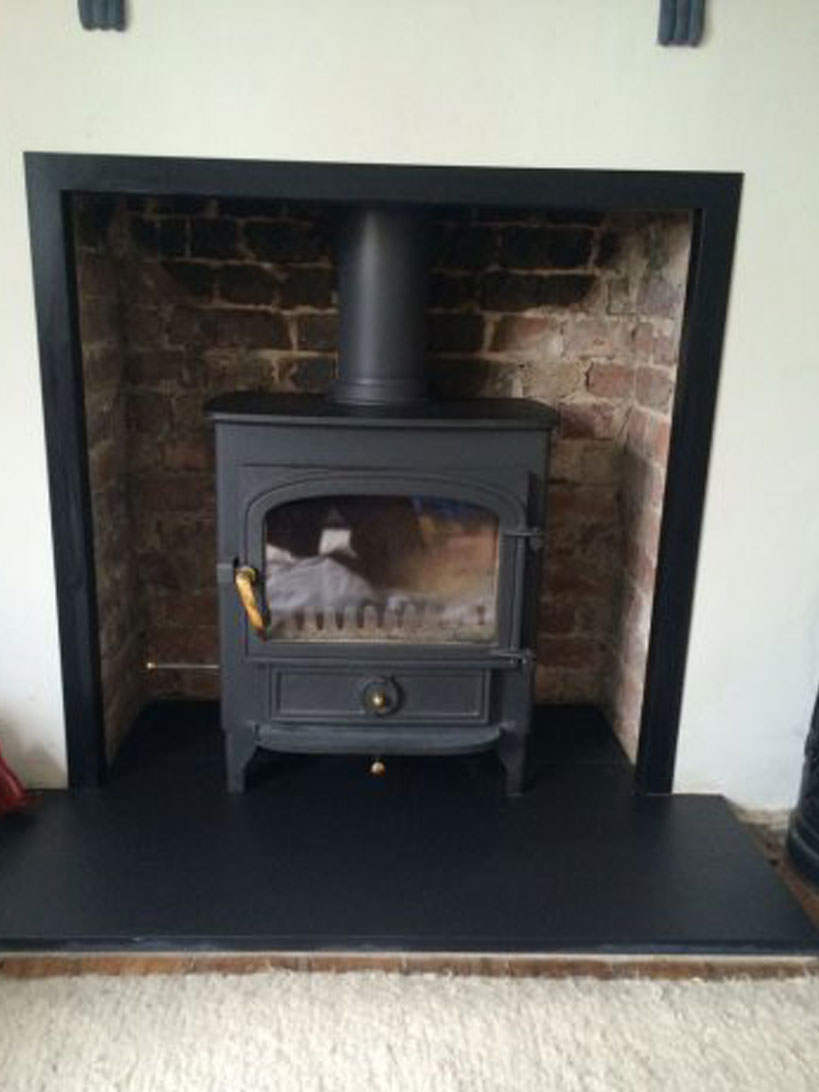While trying to purchase the best kind of stoves for your home, we often get confused between wood-burning or multi-fuel stoves. Hence, we must know and learn the correct differences between them. While hiring a company for stove installation in Kent, you can select the right model for your home while assessing all your requirements too.
Features of a Wood Burning Stoves
One of the most traditional heating appliances, you can light it up with the help of wood. You have to put biomass fuel or sawdust to aid in the fire. Although it creates more smoke and combustion, you have to collect the ash regularly.
The Benefits
- They are eco friendly and an excellent alternative to fuel burning. Wood is a renewable source; hence it is
- sustainable for use.
- You can use logs or pellets.
- There is more space in the stove box.
- You can leave them to burn throughout the night without any worry.
Features of Multi-Fuel Burning Stove
You can burn a variety of different fuels to light up the fire. This includes wood logs, pellets, smokeless fuel, anthracite and more. They are solid fuels, and you can choose it according to your preference. You can also switch between these fuels according to their availability.
There is not much outward difference in design with the wood-burning ones. They also produce the same amount of heat. Some modern stoves are equipped with technologies that automatically clean the burner. This way, it becomes more efficient.
The Benefits
- You can utilize smokeless mineral fuel
- They are reasonable to use
- They are cost-effective because of the multiple options it provides
- The raised grate at the bottom helps with better air circulation and burn
- It provides consistent heat
You can purchase advanced models of the two kinds from Housemartin Stove Fitter, a reputable installer of stoves. They cater to chimney and fireplace requirements and maintenance.


